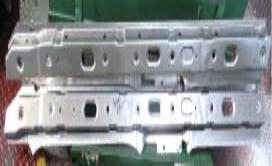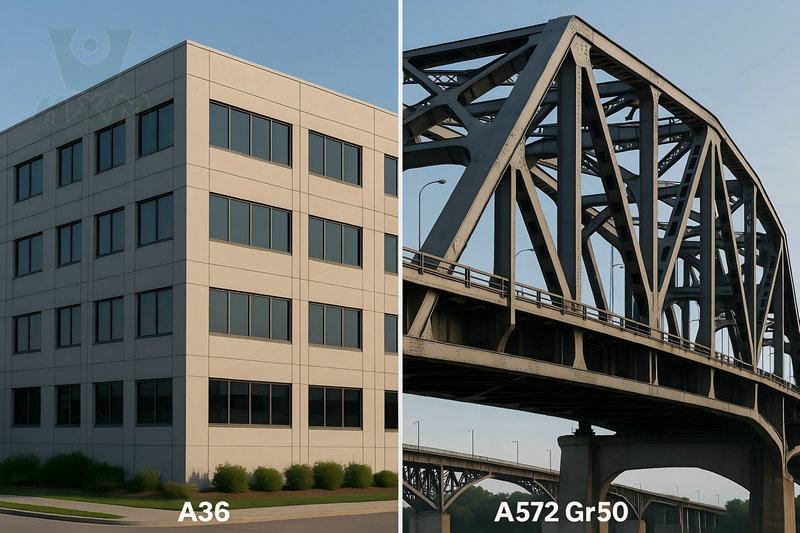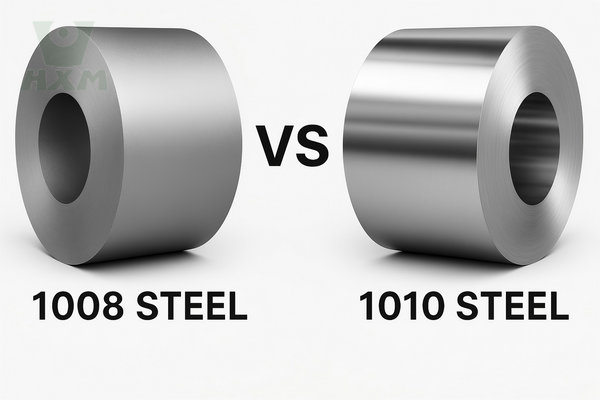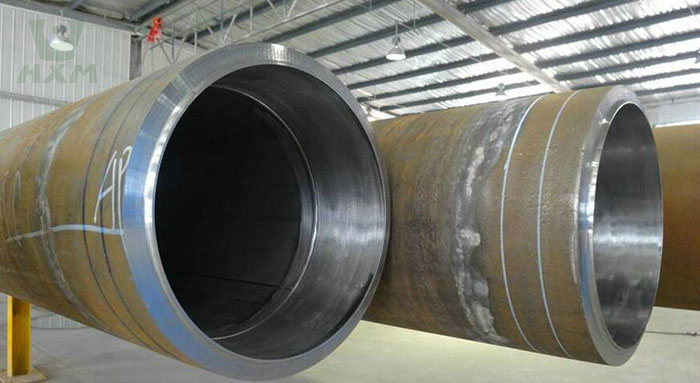Carbon Structural Steel Grades
Carbon structural steel can be divided into five grades: Q19, Q21, Q23, Q25, Q5, and Q27, with a carbon content range of 0.6-38%. Each grade is divided into several grades according to the different content of harmful impurities such as sulfur and phosphorus.
The representation methods of AISI and SAE (American Society of Automotive Engineers) standard structural steel grades are roughly the same, except that the prefix symbols of the grades are slightly different. SAE standard structural steel grades are generally represented by 4 digits, the first two digits represent the grade of steel, and the last two digits represent the average carbon content of steel (in parts per thousand).
High-quality carbon structural steel grades are represented by two digits, which represent the average carbon mass fraction in steel. For example, 45 steel means that the average carbon mass fraction in steel is 45%. If the manganese content in the steel is high, the symbol of the chemical element manganese is added after the two digits.
Carbon tool steel is mainly used to manufacture various cutting tools, measuring tools, and molds. Carbon tool steel grades are represented by “T” plus numbers. The number in thousands indicates the average carbon mass fraction in the steel. For example, T8 steel is a carbon tool steel with an average carbon mass fraction of 8%.

Ordinary Carbon Structural Steel
Carbon structural steel is divided into five grades according to the yield strength of steel: Q19, Q21, Q23, Q25, Q275. Each grade is divided into A, B, C, and D grades according to different quality. Q19, Q21, and Q235 have good plasticity and can be rolled into steel plates, bars, pipes, etc.; Q25 and Q275 can be rolled into profiled steel, steel plates, etc.
Which Parts of The Carbon Structural Steel Grade Composition?
The carbon structural steel grade consists of four parts in sequence: the letter representing the yield point, the yield point value, the quality grade symbol, and the deoxidation method symbol. For example, Q235-AF represents A-grade boiling steel with a yield point of 235Mpa, and Q235-C represents C-grade static steel with a yield point of 235Mpa.
Quality Carbon Structural Steel Grades
Commonly used welding low-carbon steel (containing C ≤ 25%) and medium carbon steel (containing C = 25%-60%); high-quality carbon structural steel (011223344). Q23 is a more commonly used grade of carbon structural steel, with a carbon content between 20% and 35%. It is a national unified basic steel grade. The suffix code of the grade indicates the characteristics of the material.
High-quality carbon structural steel is divided into 32 grades, which are divided into three groups: low manganese steel (25%~50%), ordinary manganese steel (35%~80%), and high manganese steel (70%~20%). The expression form is the average carbon content in ten thousand parts and the mark of manganese content-deoxidation degree.
Low carbon steel grades include: 05F, 08F, 010F, 115F, 120F, 2220Mn, 25Mn, etc.; medium carbon steel grades include: 334455630Mn, 40Mn, 50Mn, 60Mn, etc.; high carbon steel grades include: 6765Mn, etc.
High-quality carbon structural steel hot-rolled thin steel plates and strips are used in industrial sectors such as automobiles and aerospace industries. The grades include boiling steel: 08F, 10F, 15F; precipitation steel: 008AL, 1122334450.
The main use of high-quality carbon structural steel is bars. The selection of high-quality carbon structural steel is based on mechanical properties (mechanical properties). As the carbon content increases, the strength increases, but the plasticity and toughness decrease. The commonly used high-quality carbon structural steel grade is 45 steel.







